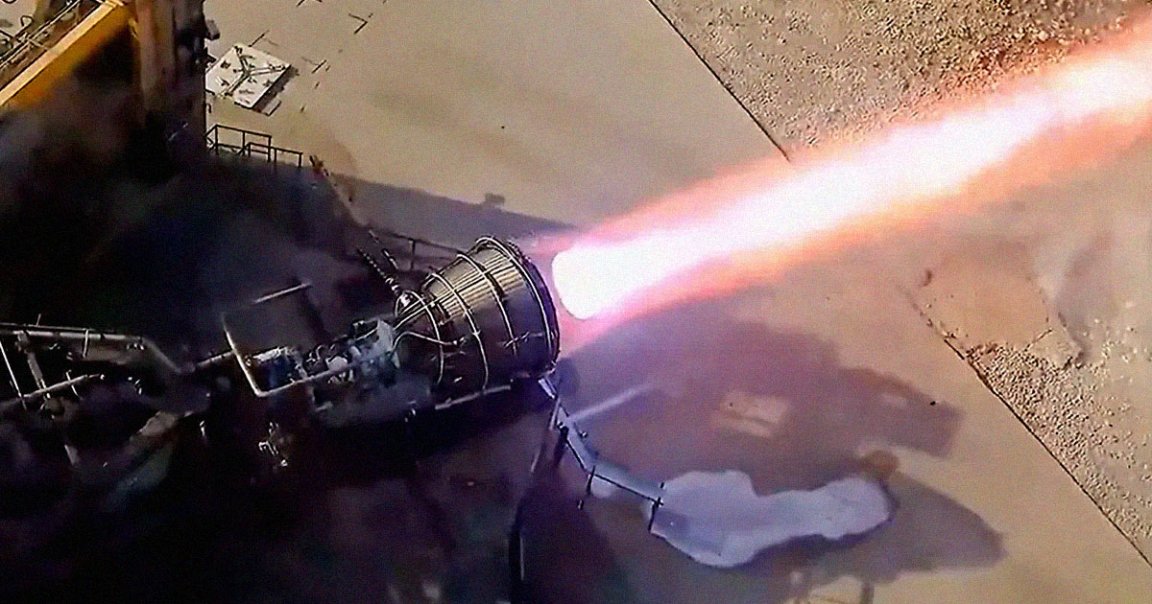
Fire & Ice
NASA and SpaceX notched an important milestone for their upcoming crewed lunar mission: test-firing a SpaceX engine from a cold start in order to simulate conditions in the extremely ice-cold vacuum of space, according to a statement from the space agency.
SpaceX released video footage of the test on X-formerly-Twitter, showing the cold engine start of its Raptor engine last month. While lying face down, the engine successfully blasted a controlled jet of fire.
NASA is planning to use a lunar variant of SpaceX’s Starship spacecraft for the agency’s crewed Artemis missions to the lunar surface, slated for 2025. The lunar lander needs to operate from a cold start because NASA envisions that the spacecraft may have to sit in the frigid temperatures of outer space for a relatively long time compared to a mission orbiting the Earth, according to NASA.
In 2o21, NASA awarded a $2.89 billion contract to SpaceX for its lunar lander. Last year, NASA awarded a contract option to SpaceX to further develop its Starship spacecraft.
The test sets the stage for SpaceX’s long-awaited, second orbital launch attempt. With a green light from the Federal Aviation Administration, the test flight could occur as soon as next month.
To the Moon
The SpaceX test is notable not only for passing a crucial technological checkbox and cementing further the alliance between the company and NASA — it’s also a reminder of the burgeoning space race among world powers.
For example, last month, India landed its Vikram spacecraft on the lunar surface, near the south pole of the Moon.
A few weeks ago, Japan sent into orbit a satellite and a robotic moon lander that will attempt to touch down on the surface after a long, meandering journey of several months.
Earlier this year, China publicized its ambitious plans to land astronauts on the Moon by 2030, ratcheting up its rivalry with the US.
But the race to the Moon and beyond is not without its perils. Case in point: Russia, which has been trying to follow up on the successes of the Soviet Union’s space program, crash-landed during its recent attempt to explore the Moon’s surface last month.
Despite these risky gambles, establishing a presence on the Moon is not just for international bragging rights. It serves as a launching pad to Mars and beyond and could reward countries with an abundance of space-based resources as well.
More on SpaceX: Spacex’s Botched Starship Launch Left Wildlife Officials Stunned